CSRD is pushing seafood industry toward greater transparency, but concerns remain about supply chain traceability and accurate reporting
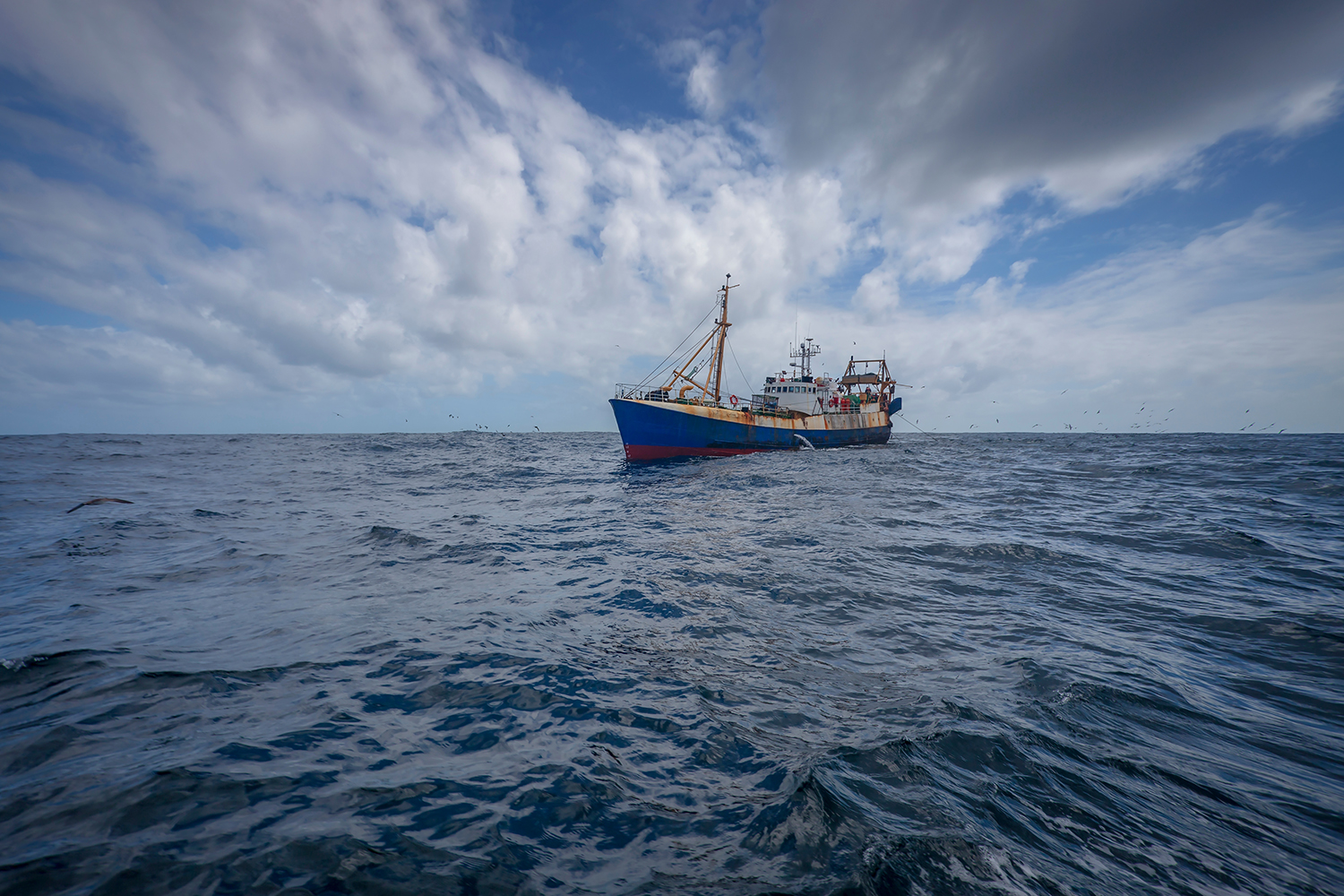
The European Union’s Corporate Sustainability Reporting Directive (CSRD), introduced in January 2023 and now in effect, is reshaping how companies report on sustainability – including those in the seafood industry. It mandates that businesses provide comprehensive, balanced information about their operations and entire value chains – both upstream and downstream – and integrate this data with their financial reporting. The directive also emphasizes that disclosures should be backed by scientific evidence and verified by third parties wherever possible.
The CSRD is part of the EU’s broader push to meet its climate commitments. While many companies already report on climate-related targets, this directive raises the bar, requiring more detailed qualitative and quantitative information on environmental, social and governance (ESG) topics, as well as perceived risks and footprints. It replaces the Non-Financial Reporting Directive (NFRD), aiming to address its shortcomings, which the European Parliament deemed “largely insufficient and unreliable.”
The new CSRD rules will soon affect nearly 50,000 companies, up from 11,700 under previous regulations. Compliance deadlines are staggered by company size: large public-interest companies (500+ employees) must report by 2025, other large companies (250+ employees or EUR 40 million turnover) by 2026 and listed SMEs by 2027, though SMEs can opt out until 2028. Non-EU companies generating over EUR 150 million in the EU must also comply. Mowi, the world’s leading salmon producer, is already aligning its reporting with CSRD and making necessary adjustments.
“The CSRD requirements build up on the already well-established reporting system Mowi has, therefore, although some adjustments are needed, Mowi is already at a very advanced stage,” said a Mowi spokesperson in an email.
Positive progression
Global Seafood Alliance (GSA) Standards Manager David Dietz said that while larger firms aren’t necessarily expected to experience major adjustments in terms of operations, their documentation and reporting are likely to change.
“When it comes to smaller-scale producers, the expectation is there might be some changes in their activities that would be asked of them,” said Dietz, citing the example of a large retail food distributor needing to report on its entire supply chain. For instance, a critical supplier, like a fish egg producer, might not sell directly to consumers but could be a significant user of fuel and energy. In such cases, the retailer might insist that the supplier address their environmental impact since it will be publicly reported, Dietz said.
“Pressure through public reporting is the long-term goal here,” said Dietz. “The social element is very interesting too – it requires you to not only examine your carbon footprint and other measurable, quantitative stuff, it’s also looking at the human element; factors like supply chain risks and things like labor abuse and trafficking as well.”
Dietz said that through the directive, sustainability reporting becomes much more encompassing.
“It’s now expecting you to understand your supply chains at a much more sensitive level than before,” he said. “Typically, the burden of reporting has been kept to the individual firm. But the CSRD is saying that anyone that you’re supplying or getting supplied from and that you’re doing business with, ultimately affects your footprint in the world. And therefore, you need to be recognizing that and acknowledging that in your reporting.”
Dietz said that seafood is “extra-complicated” in this regard, as there are a lot of different inputs, and the supply chains are often less linear than some other major food production lines.
“They tend to cross a lot more international boundaries and can intersect with labor issues a lot more frequently,” said Dietz. “Seafood is unique in that area – nothing quite gets moved around as much as a fish.”
Based on GSA’s conversations with the industry, Dietz said the main concerns about the directive center on traceability – specifically, knowing where everything in the supply chain comes from and identifying all the service providers involved. He suggested that companies are likely asking whether they know their supply chain well enough to report on it accurately, or if they need to invest in additional technology or services to gain a better understanding for honest reporting.
“I think that’s where I’ve seen the biggest need for change: just making sure you have the right data to actually start reporting on it,” said Dietz.
Dietz said while it will be interesting to see how the directive impacts smaller seafood firms, he believes it’s a positive development.
“It’s a direction the industry’s been trying to work towards for a while; not just progressing the concept of traceability, but also things that GSA is looking at now like carbon footprint tracking in aquaculture,” he said. “We’re working on developing standards and tools that can, for instance, allow people to map the carbon footprint of a farm shrimp – from feed mill to grocery shelf. Things like that are an incredibly hard undertaking. As such, I don’t think there’s a strong expectation for all this data to be 100 percent accurate and enforceable on day one, but it’s putting the pieces in place and starting to create that culture of transparency.”
Dietz emphasized that understanding the supply chain is crucial and should be a primary focus when beginning the journey toward CSRD compliance.
“You have to start somewhere, and beginning with the most complete information possible is necessary in this case,” he said. “That has perhaps created some interesting challenges for people, and some firms might shrink their supply chains a bit to have a little more control.”
For others that can manage it, Dietz said they may invest in new technologies to better oversee their supply chains, and that might generate some operational changes. However, he predicted that there will likely be a strong emphasis on reassessing and gaining a deeper understanding of their own business operations.
For those that do need it, support is available to help companies fall into line with the CSRD’s requirements, and many of the large consultancy and accountancy organizations are assisting the bigger firms in this regard, continuing long-term reporting agreements. Indeed, a seminar on the directive featured in this year’s North Atlantic Seafood Forum in Bergen, Norway, hosted by PwC, and featuring aquaculture supply chain companies like Grieg Seafood, Cargill and GSA.
‘Trial and error’
Companies that are NFRD-savvy are probably more equipped to deal with the requirements of CSRD, said Kayla Thorbjornsson, head of sustainability at Wisefish, an Iceland-based global provider of end-to-end software solutions for the seafood industry.
“They are already used to some of them, but now it’s becoming more robust,” said Thorbjornsson. “There’s going to be a certain degree of trial and error – it’ll be a learning curve for a lot of individuals because they now have to collect and manage a lot of data points that they weren’t before.
“But there are solutions and companies that will help with this,” she added. “And I would say that digital solutions are going to be very helpful, particularly when it comes to collecting all of this information, storing it, and comparing it.”
Thorbjornsson insists the CSRD is a positive step, and having a standardized framework to compare this valuable information adopted by all EU member states is a big boost for sustainability: “The key word here is transparency, and having organizations be transparent in their reporting.”
From the conversations Wisefish has had with supply chains, there’s mixed preparedness for the directive. There was also some initial panic that came with its introduction, but this has largely ebbed away with the realization that its implementation is gradual, she said.
“I think a lot of individuals have become calmer because they realize they have the time to do this,” she explained. “In Iceland, there are some companies that are more prepared than others. For example, Brim has already created a very robust environmental management system. For a very large company like them, it will probably be much easier than for someone who doesn’t have something like that in place.”
To a certain degree, geography has some bearing on CSRD readiness, added Wisefish’s Chief Business Development Officer Eloise Freygang. She said that, at the moment, it feels like companies in the Nordic region are further down the line with this, Australians seem to be thinking more about it too, but it’s not yet “top of the mind” in the United States, where costs and prices are the main focus.
“A lot of people will need to do it, but as Kayla said, there’s no super urgency to do it,” said Freygang. “It’ll probably be a slow transition.”
Companies like Wisefish have significant opportunities to assist with CSRD compliance. Their “source-to-plate” platform connects supply chains and verifies sustainability credentials. Powered by Business Central, this ERP solution is already used for business management across supply chains, from sourcing to production and increasingly for green accounting.
“We added our green accounting feature on top of all the features that already existed in our solution so that individuals don’t have to put too much extra work into calculating or tracking this information. It’s like an add on that encourages companies to do this,” Freygang said. “We’ve just made it much simpler for them. Because a lot of data is already being generated, we’ve simplified the ways in which the data is used and presented and included it in the standard Wisefish system.”
Advantage of certification
The seafood industry is vital for both the economy and as a sustainable protein source, with a lower carbon footprint compared to many land-based proteins. It has significant potential to drive sustainable development, and this directive can strengthen that role. As such, Thorbjornsson suggested the directive’s standardized framework could help limit “greenwashing” by addressing misleading or false environmental claims made by companies about their products.
“It will be easier for stakeholders and conscious consumers to compare the sustainability information provided between different reporting years,” she said. “That’s important, especially with the environment and sustainability becoming more of a topic and more prevalent to people. There’s also going to be more people trying to cheat the system or use it as a technique to market themselves when they are not actually doing it.”
Thorbjornsson noted that the seafood industry’s strong presence of certification schemes means there is already familiarity with verification requirements, while retailers are increasingly imposing environmental and social obligations on their suppliers.
“It’s important to recognize that this directive goes beyond emissions, stocks and things like that. Social responsibility and traceability are central aspects too,” she said.
Likewise, Dietz believes certification schemes are crucial for implementing the CSRD and meeting its reporting mandates. The standards and audits required for certification generate substantial useful data, much of which aligns with the directive’s reporting requirements and is already collected through companies’ annual certification processes. He noted that GSA is focusing on developing dashboards, platforms and APIs to integrate audit data directly into businesses. This approach ensures that companies receive actionable insights from their audit reports, helping them maximize the value of their certification.
“Especially on the aquaculture side, we work very much up and down the entire supply chain from a certification standpoint,” said Dietz. “We think that provides a lot of value from a CSRD perspective, where, if you’re being forced to look up and down your supply chain, your audits probably should be as well. We’re providing data that’s a lot more detailed and granular than a chain of custody certification would give you – allowing you to pull out multiple layers and create the sort of reporting links that would be really challenging otherwise.”
Now that you've reached the end of the article ...
… please consider supporting GSA’s mission to advance responsible seafood practices through education, advocacy and third-party assurances. The Advocate aims to document the evolution of responsible seafood practices and share the expansive knowledge of our vast network of contributors.
By becoming a Global Seafood Alliance member, you’re ensuring that all of the pre-competitive work we do through member benefits, resources and events can continue. Individual membership costs just $50 a year.
Not a GSA member? Join us.
Author
-

Jason Holland
Jason Holland is a London-based writer for the international seafood, aquaculture and fisheries sectors. Jason has accrued more than 25 years’ experience as a B2B journalist, editor and communications consultant – a career that has taken him all over the world. He believes he found his true professional calling in 2004 when he started documenting the many facets of the international seafood industry, and particularly those enterprises and individuals bringing change to it.
Tagged With
Related Posts
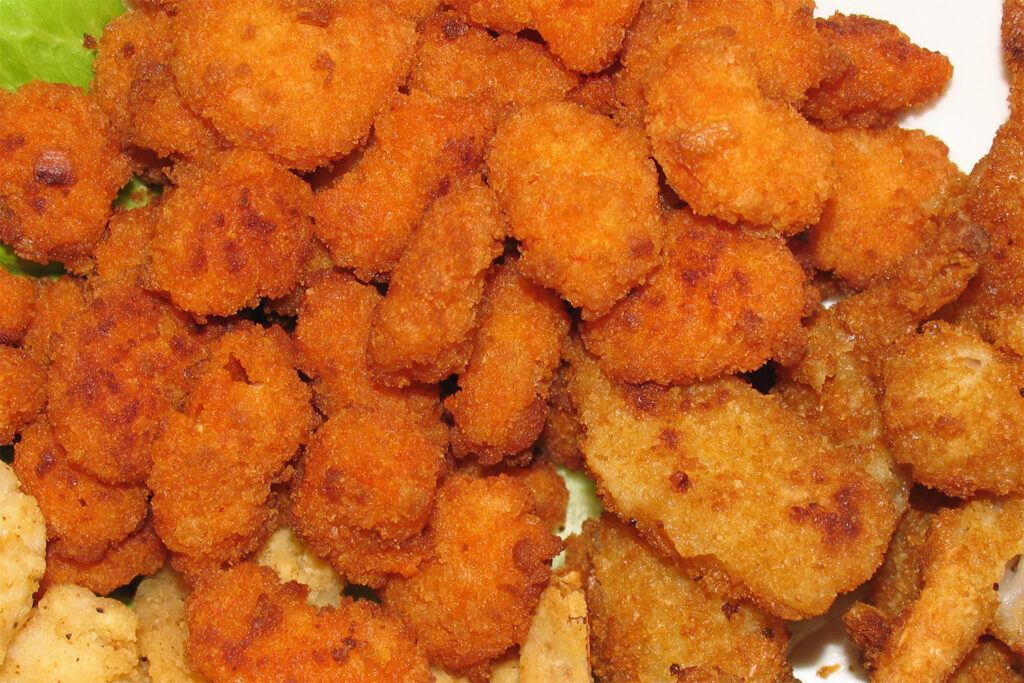
Intelligence
Using DNA multi-marker metabarcoding to authenticate processed seafood
Next Generation Sequencing techniques can support routine food industry activities and official control programs to combat fraudulent practices.
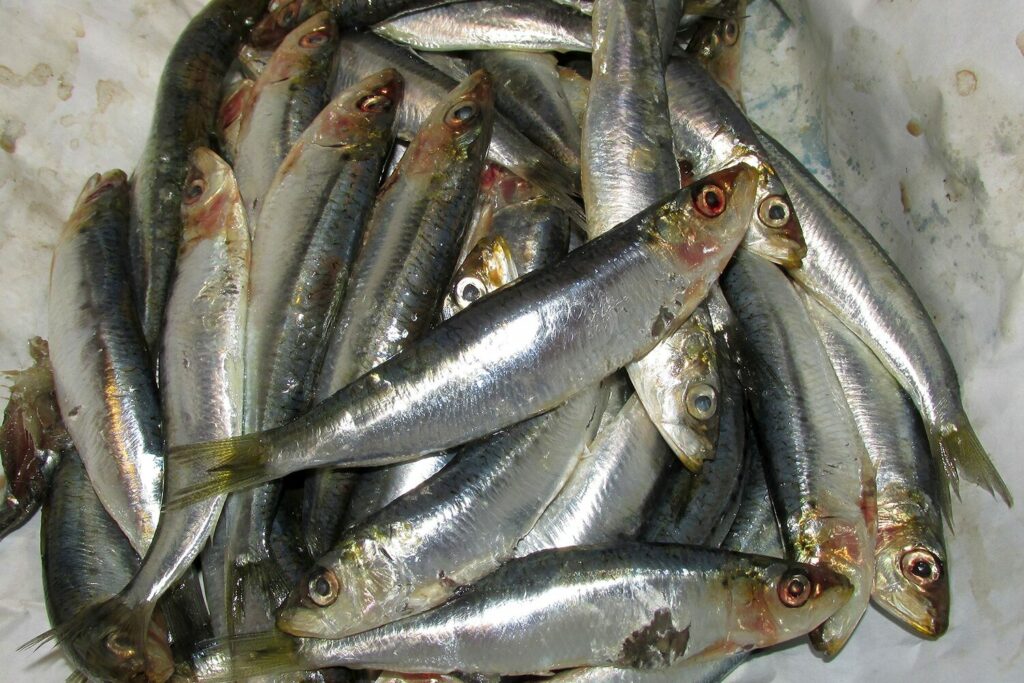
Fisheries
Applying fish DNA sensors for authenticity assessment to sardine species identification
DNA sensors are cost-effective and can be used by authorities for fish authentication control or any laboratory including fish processing industries.
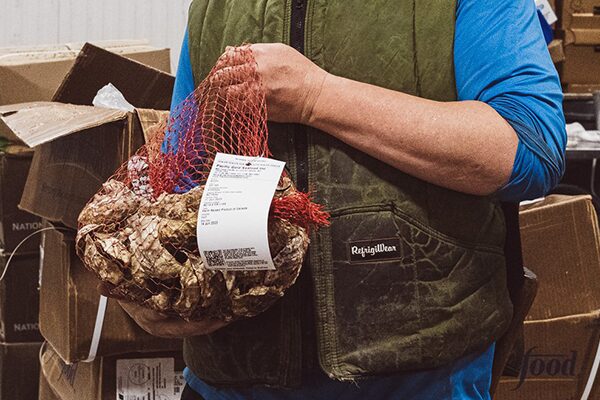
Intelligence
BlueTrace clients have printed more than 5 million shellfish traceability tags
BlueTrace's 430 clients across North America have collectively printed more than 5 million seafood traceability tags to date.
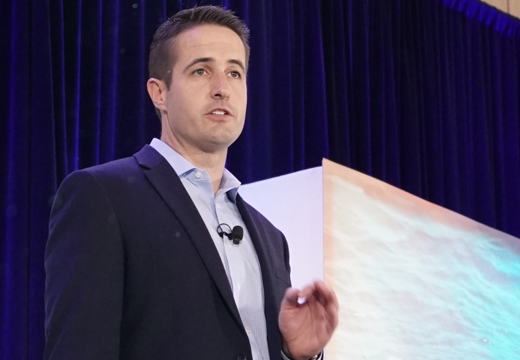
Intelligence
Seafood tracking companies unite to simplify data sharing, improve seafood traceability standards
Seafood traceability solutions providers Trace Register and Wholechain have connected their two tracking systems.


